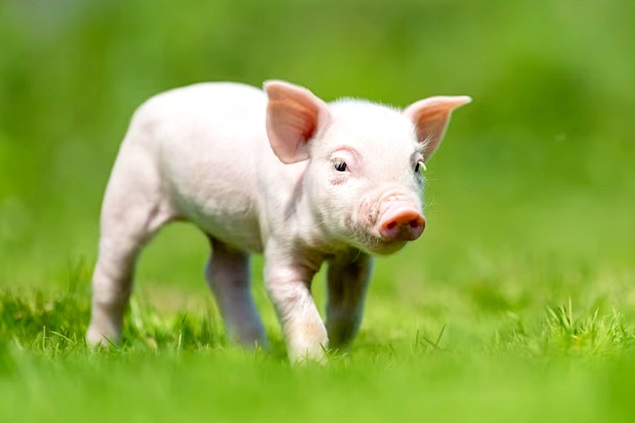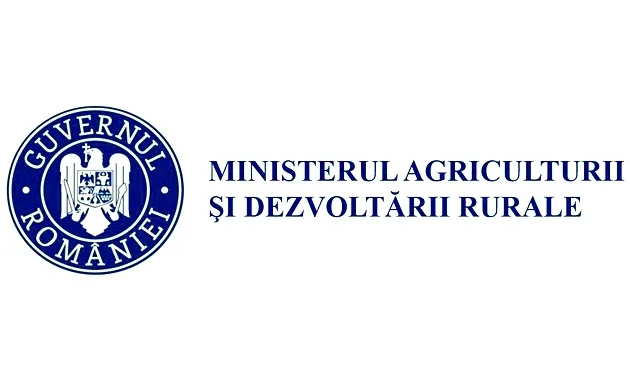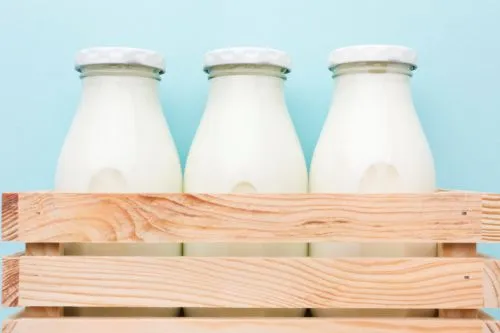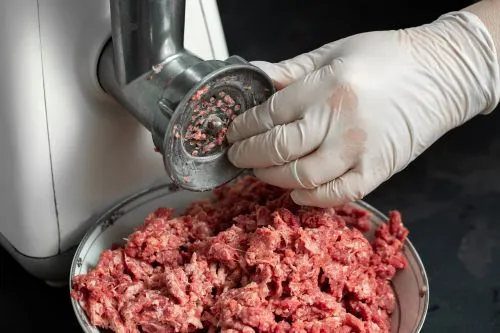
Soybean is the most common feed ingredient to supply protein to pigs. However, its production is linked to several issues related to environment (e.g., deforestation, water waste), production and transportation costs, as well as to ethical aspects including feed/food competition for land. In recent decades, research has endeavored to find alternatives to soybean in livestock feeds, especially for pigs. However, replacing this ingredient partially or totally may have consequences for animal growth rates, carcass yield and meat quality. The aim of this work was to review the research carried out in the last 10 years on this topic, identifying the alternative protein sources and their effects on pigs’ growth, carcass yield, and meat quality. Most of the ingredients recently studied are vegetable resources, especially local species of legumes well-adapted to specific climatic conditions. Moreover, some studies evaluated, as protein sources, oilseed by- and co-products, distillers’ dried grain with solubles, fish and animal proteins, and other co-products derived from other supply chains. Among innovative protein sources, microalgae and insects are gaining attention and are presented in the cited study.
In livestock farming systems, protein feeds are among the most expensive and limiting ingredients in feed formulations. The production and supply of feeds are critical steps due to their interconnected environmental impact, such as land use change, land occupation, and the use of energy and water.
By 2050, the world's population is projected to exceed 9 billion people, and consequently, agricultural production will need to increase by 50% to meet the food demand, while arable land per person is expected to decrease. At the same time, improving living standards in developing countries will lead to a rise in global demand for sustainable animal protein.
In Europe, the environmental implications are linked to the protein gap, which has in turn resulted in the importation of large quantities of protein raw materials for feeds and increased transportation costs for feeds. For instance, in 2019, the industrial component of feed production was estimated at 1,126 million tons, remaining constant compared to 2018, while showing a 3% increase from 2017.
Soy remains the first choice
The main imported protein feed is soybean (SB) due to the limited cultivated area available in Europe. However, the increasing demand for SB has led to global land use change and has been directly linked to deforestation in South America, which has increased the carbon footprint of feeds.
Despite the impact of soybean cultivation on tropical forest ecosystems and the growing awareness of the unsustainability of feeding animals with diets mainly based on imported protein feeds, SB is still the first choice among protein feeds due to its quality and accessibility.
Especially for monogastric animals (pigs and poultry), soybean meal (SBM) is the primary source of protein. Ultimately, feeding animals with proteins also used for human consumption can worsen competition for animal feed and affect food security.
Poultry and pigs account for approximately 42% of total feed production and provide 20% of animal proteins, while ruminants use about 19% of feeds to produce 20% of animal proteins.
Considering the pig sector, the difficulty in meeting the protein demand becomes even more evident. Moreover, some products with Protected Designation of Origin (PDO), of relevant interest to European consumers, impose specific rules for animal feeding, including limitations on the supply of protein resources.
This leads to a dependence on imports of genetically unmodified raw feeds, which are more expensive than other resources. Therefore, research has been conducted on the possibilities of replacing SB in the diet of monogastric animals, especially pigs, poultry, and waterfowl, with careful consideration of local or available food resources for production.
Rich protein sources:
Rich protein sources can come from conventional feeds, including cereals, dried distillers grains with solubles (DDGS), legumes, fish and animal by-products, oilseeds (rapeseed meal; RM), and their respective co-products, biofuel co-products, and amino acid formulations.
In turn, alternative sources of protein for animal feed also include by-products from other industries (residues), microalgae, insects, and single-cell organisms. However, numerous factors should be considered for the interference or limitation of plant-based protein supplements, especially in young pigs.
Possible limitations of using plant proteins are their secondary plant constituents, some of which have anti-nutritional properties. However, these substances can be reduced due to successful innovations in feed technology: fermentation and enzymatic treatment, as well as the integration of exogenous enzymes.
Different diet formulations and protein sources during fattening can affect growth performance as well as carcass and meat quality traits. The aim of the present review was to examine the latest research on alternative protein feeds to fully or partially replace SB in pig production and to identify the effects of these new feed formulations on growth performance and carcass and meat quality traits. Here are some alternatives described by the authors of the study.
Legumes
Legumes, especially the dried seeds of species belonging to the Fabaceae family, have been used in pig feed formulations to complement cereals due to their chemical and physical characteristics. However, the integration of essential amino acids is usually necessary to achieve balanced diets.
Legumes have a high protein content and low fat content, but their nutritional composition varies greatly among species and depends on the variety, location, growing conditions, and management practices in which they are cultivated. However, the use of legumes in animal feed is limited by the presence of antinutritional components that can decrease growth rates, feed intake, and feed utilization.
Antinutritional compounds include alkaloids, flavonoids, glycosides, isoflavones, phenols, phytosterols, phytic acid, protease inhibitors, saponins, and tannins. Untreated and/or processed legume seeds have the highest potential to replace SB, avoiding the presence of GMOs in monogastric animal feed mixtures.
They are also a cost-effective source of energy and amino acids in cereal-based diets. Despite the potential use of legumes in animal feed, in Europe (2016), the percentage of arable land dedicated to legumes in cereals was only 1.5% compared to 14.5% globally, but in the last 15 years, cultivated areas of some legumes such as Pisum sativum and Vicia faba have increased.
In the pig sector, most studies in recent years have considered legumes as a singular source or in combination with other raw materials (legumes and other plant resources) to fully or partially replace SBM. The main legume resources used as alternatives to SB in pig diet formulation are:
The byproducts derived from oilseed crops, such as flour, cakes, and expellers, can serve as rich protein sources for animal feed. These secondary products are obtained during the oil extraction process and can be derived from various oilseed species. Some examples include flaxseed (Linum usitatissimum) and sesame (Sesamum indicum) seeds, which remain rich in crude protein and can be used as ingredients in animal feed.
Rapeseed meal (RM), intended for animal feed, is derived from the residue left after oil extraction. It has a protein content of approximately 35% on a dry matter basis, but it also has a higher fiber content compared to soybean meal (approximately 19% ADF, 26% NDF on a dry matter basis).
Rapeseed contains both sulfur-containing amino acids and phosphorus in high amounts, although its use in animal feed is limited by the presence of antinutritional factors such as glucosinolates, tannins, and phenols. RM has been included in pig feed mixtures, up to 15% of the total diet. Recently, canola meal (CM) derived from a variety of rapeseed seeds has been tested as a feed ingredient due to its low erucic acid and glucosinolate content.
In recent years, other minor local plants have been tested as soybean replacements, including guar, sainfoin, taro, as well as Jatropha curcas and Moringa oleifera. Guar meal (Cyamopsis tetragonoloba L.) is a byproduct of guar gum production. It contains highly viscous non-starch polysaccharides, such as galactomannan polysaccharide, which increases digesta viscosity, thereby inhibiting digestive enzyme activities and reducing nutrient digestibility.
Taro (Colocasia esculenta L.) is a perennial tropical plant native to Asia and the Pacific. The plant's leaves are used as fodder due to their high protein content with a good amino acid profile. High levels of calcium oxalate crystals in wild leaves cause itchiness, but they can be reduced through various processes such as drying, cooking, and ensiling.
Jatropha curcas is a Euphorbiaceae plant cultivated in many tropical and subtropical regions. The seed meal contains 48% to 64% crude protein after oil extraction, as reported by Li et al. However, the mentioned study also identified many toxic compounds for animals, so this plant should be limited to non-toxic varieties or used only after specific treatments.
Algae
Algae are heterogeneous organisms that live in aquatic habitats and vary in size, including eukaryotic algae and prokaryotic cyanobacteria (blue-green algae). Depending on the size and structure of their bodies, algae can be classified as microalgae (observable under a microscope) or macroalgae (visible to the naked eye).
Algae components can be used as natural supplements in human food and animal feed to replace synthetic components. A recent review reported that marine algae can be a source of active compounds for pigs, such as polysaccharides, proteins and amino acids, lipids including omega-3 and -6 fatty acids, vitamins, minerals, and phenolic compounds.
Microalgae
Microalgae represent a source of protein and fiber for human and animal supplementation due to their high nutritional value, content of essential amino acids, digestible proteins, vitamins, minerals, carotenoids, and fatty acids, particularly long-chain omega-3 fatty acids.
The health-promoting effects characterize microalgae, such as antioxidant activity, immune-stimulating properties, and benefits for gut microorganisms. Additionally, microalgae have a rapid growth rate and can play a role in addressing soil availability issues as they can be cultivated without soil.
Furthermore, they have the particularity of being photosynthetic organisms that can convert carbon dioxide into carbohydrates, lipids, proteins, and pigments. Recently, microalgae have been used as dietary supplements or additives in the swine sector.
Among microalgae, special attention should be given to spirulina (Arthrospira platensis), which can be used as a food supplement immediately after drying. Spirulina is characterized by a high content of crude protein (43–63% DM) and small amounts of carbohydrates (8–14% DM) and lipids (4–9% DM).
Spirulina consists of a unique blend of nutrients containing antioxidants such as β-carotene, vitamin E, and gamma-linolenic acid. Moreover, Spirulina sp. offers the advantage of being cultivated in saltwater and alkaline conditions, making it an interesting raw material for animals.
(Reference: Soybean Replacement by Alternative Protein Sources in Pig Nutrition and Its Effect on Meat Quality by Silvia Parrini, Chiara Aquilani, Carolina Pugliese, Riccardo Bozzi, and Francesco Sirtori - Department of Agriculture, Food, Environment, and Forestry—DAGRI, University of Florence, 50144 Florence, Italy)




